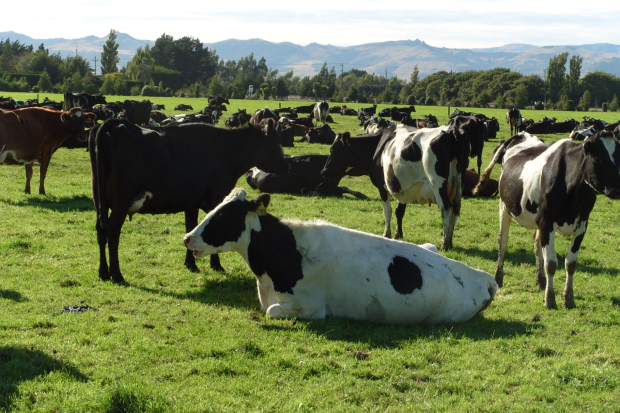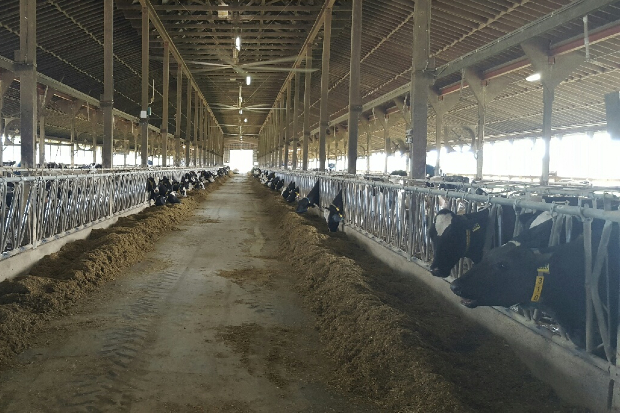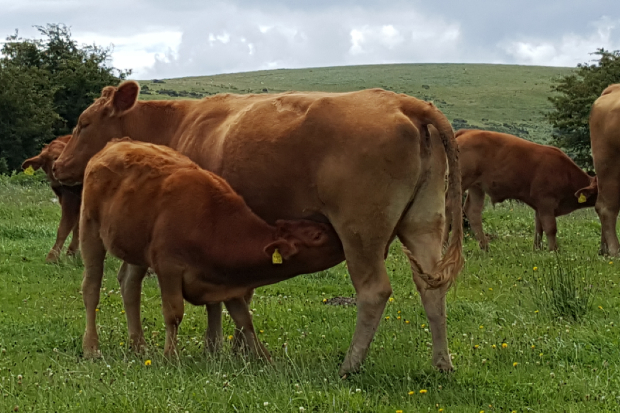
Vets have a crucial role in protecting the environment and balancing the demands of food security. Impacts on the environment are complex and often poorly understood and the role of the vet as a consequence may be overlooked. If impacts of farming are considered to include greenhouse gas emissions, water availability, land use/land change and biodiversity, then veterinary input, especially associated with sustainable livestock food production offers huge opportunities for mitigation.
Greenhouse gases (GHG) are the contributors of global warming and although carbon dioxide (CO2) is the common currency of carbon footprinting, there are other important GHG. These include methane (CH4) and nitrous oxide (NO2), which are both often commonly associated with livestock farming, especially methane production from rumen (stomach) or overall ‘enteric’ (gut) fermentation in ruminants such as cows or sheep. However, what may be less commonly appreciated is that although methane output is commonly converted to CO2 equivalents, methane only persists for 3 to 10 years in the atmosphere, whereas CO2 produced by burning fossil fuels persists for hundreds of years! Do not blame the cows for cutting down rainforests and burning fossil fuels…

So what is the veterinary role? Well, food production really does count and waste is bad news for the environment. Although waste can often come from throwing food away, it is also a big issue much nearer to the farmgate where either poor health or fertility both lead to enormous waste. For example, dairy cows produce nutritious milk and cream that form a crucial place in a balanced diet, containing calcium, protein, essential fatty acids and with only low fat (milk is normally around 96% fat free). If a dairy cow has a health issue such as mastitis (inflammation and infection of the udder), then instead of producing milk that can be sold for food, milk becomes unfit to eat and if medicines are used for treatment the milk has to be withheld from sale anyway. Veterinary preventative medicine in the form of ‘Herd Health’ is designed to prevent disease and so reduce the need for treatment, but also to reduce the waste associated with disease. The amount of methane a cow produces is set against the valuable food produced when impacts on the environment are calculated. The less waste, the fewer cows are needed to produce the food we need and so impacts are reduced.

Most of all though vets are vital to maintain the balance. Animal health and welfare are important and so is the need to produce nutritious food and reduce the impact on the environment. These can be conflicting needs in some circumstances and vets are ideally placed to help manage this balance as part of effective farm teams.

1 comment
Comment by Manuel Cortes posted on
•Methane (CH4) is estimated to have a GWP(Global Warming Potential) of 28–36 over 100 years (CO2 has a GWP of 1). CH4 emitted today lasts about a decade on average, which is much less time than CO2. But CH4 also absorbs much more energy than CO2. The net effect of the shorter lifetime and higher energy absorption is reflected in the GWP. The CH4 GWP also accounts for some indirect effects, such as the fact that CH4 is a precursor to ozone, and ozone is itself a GHG.